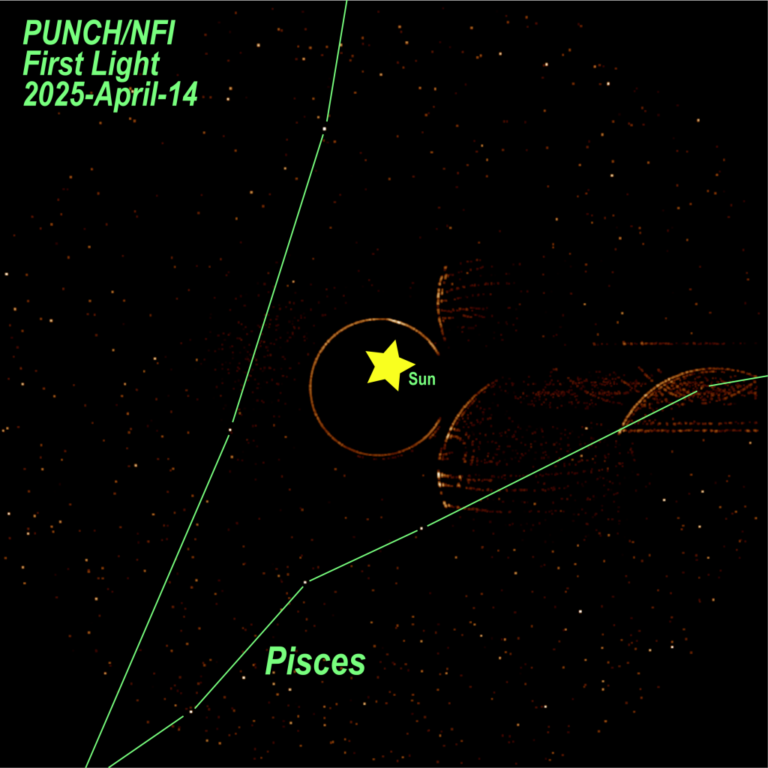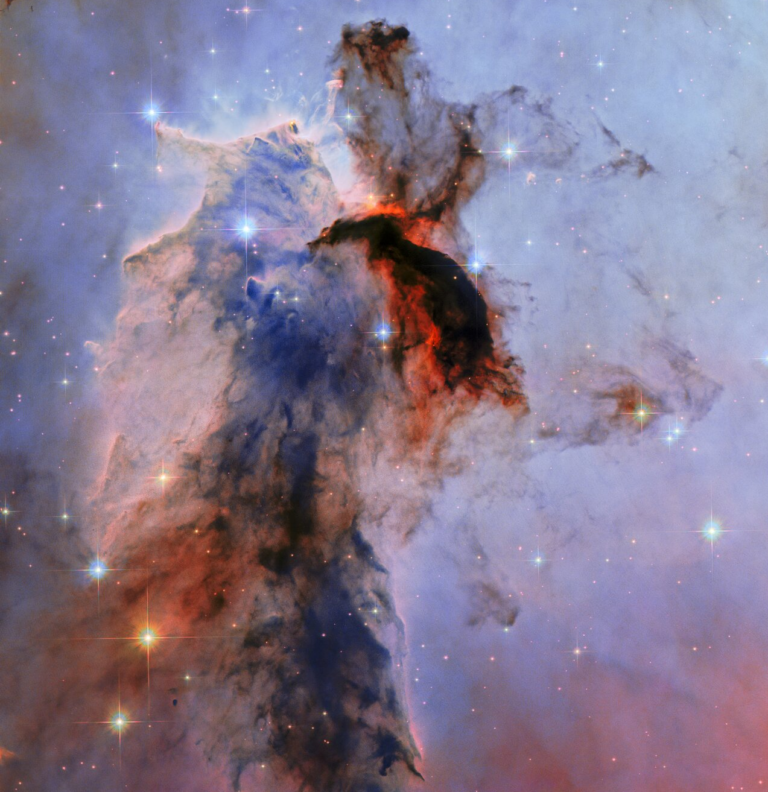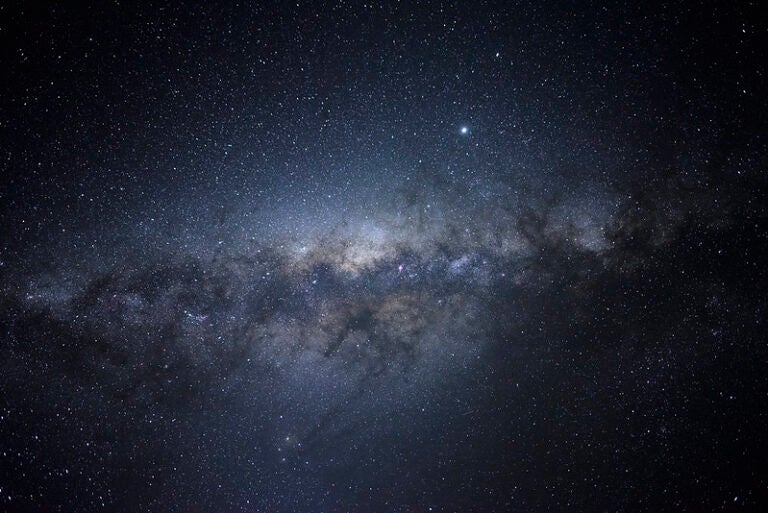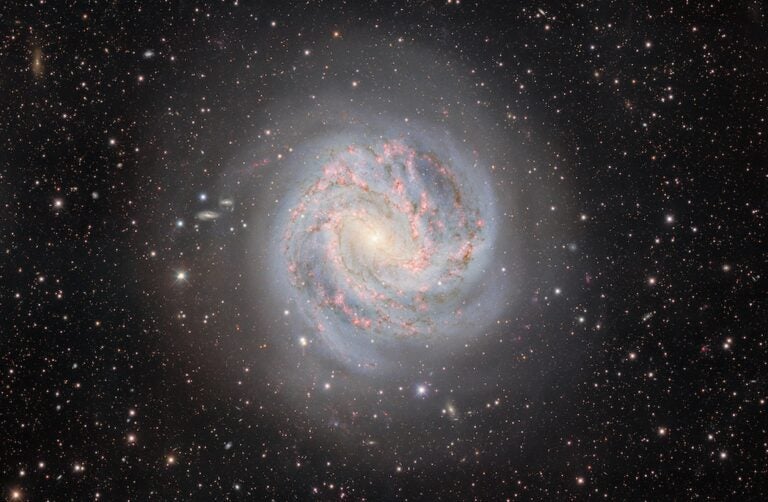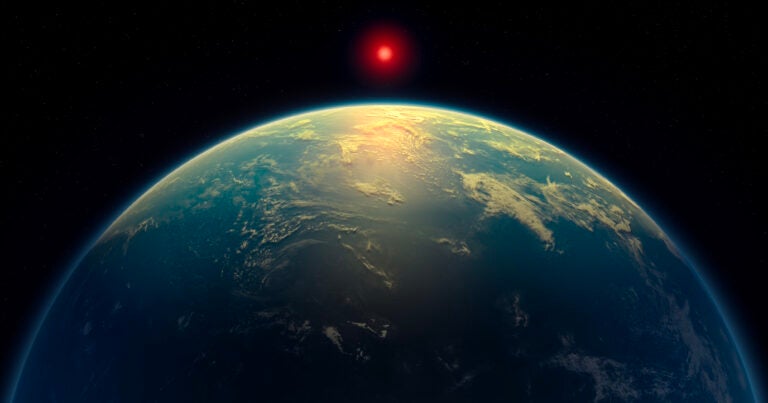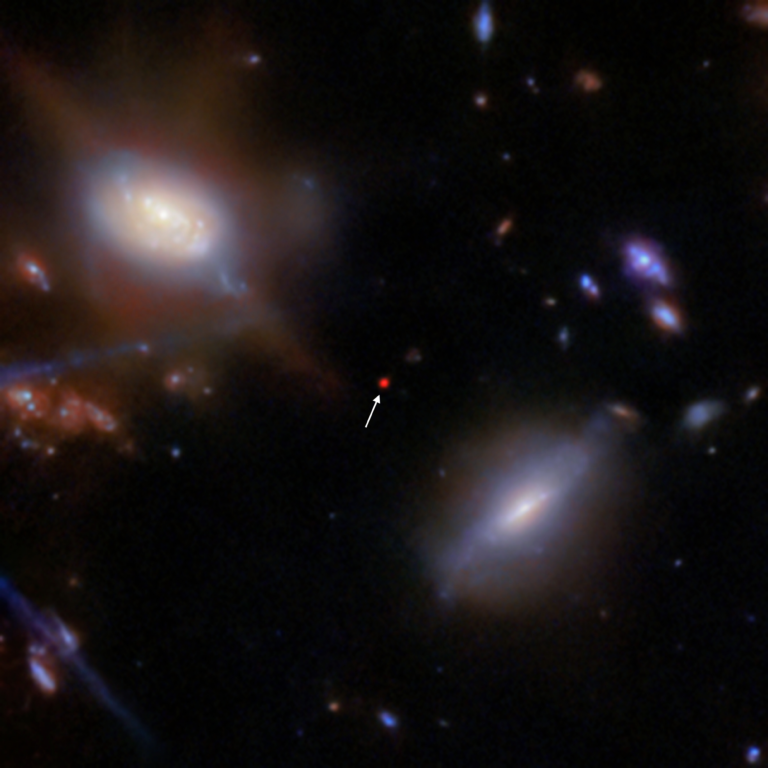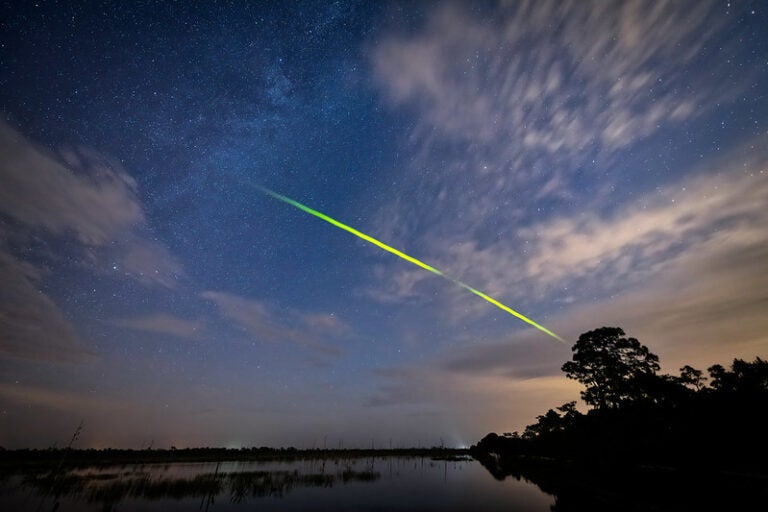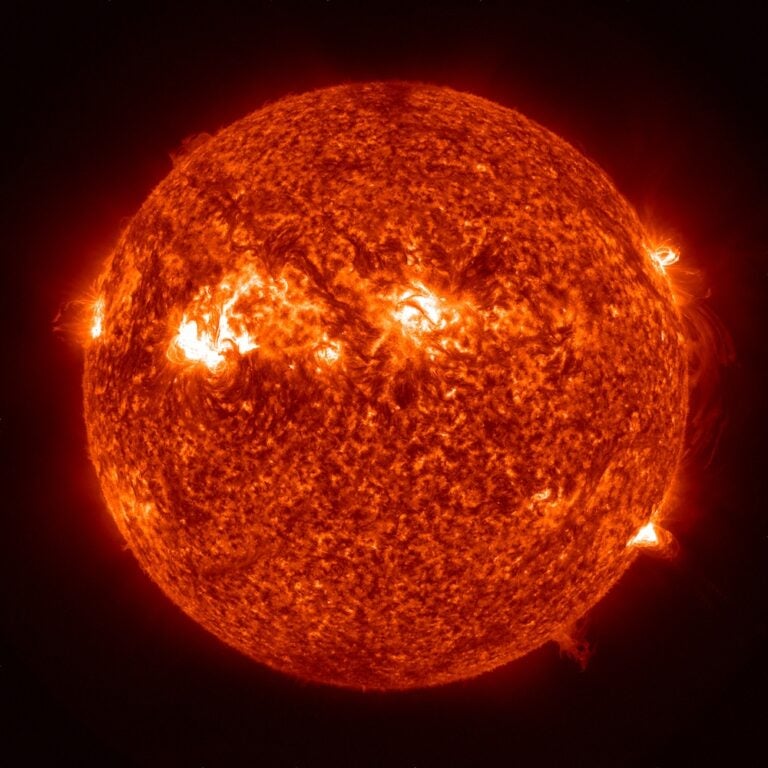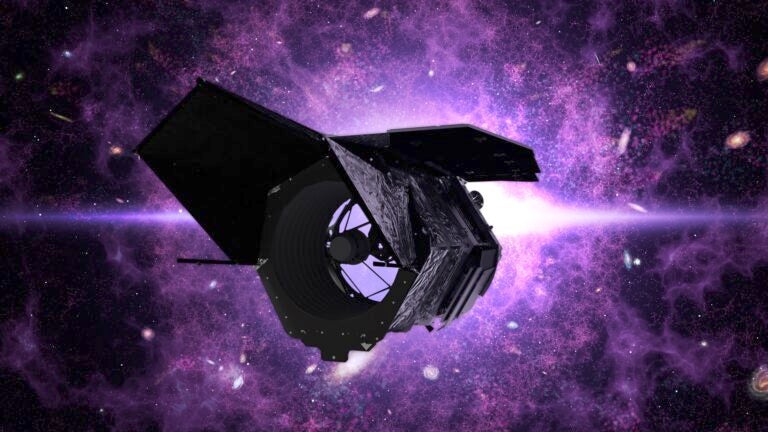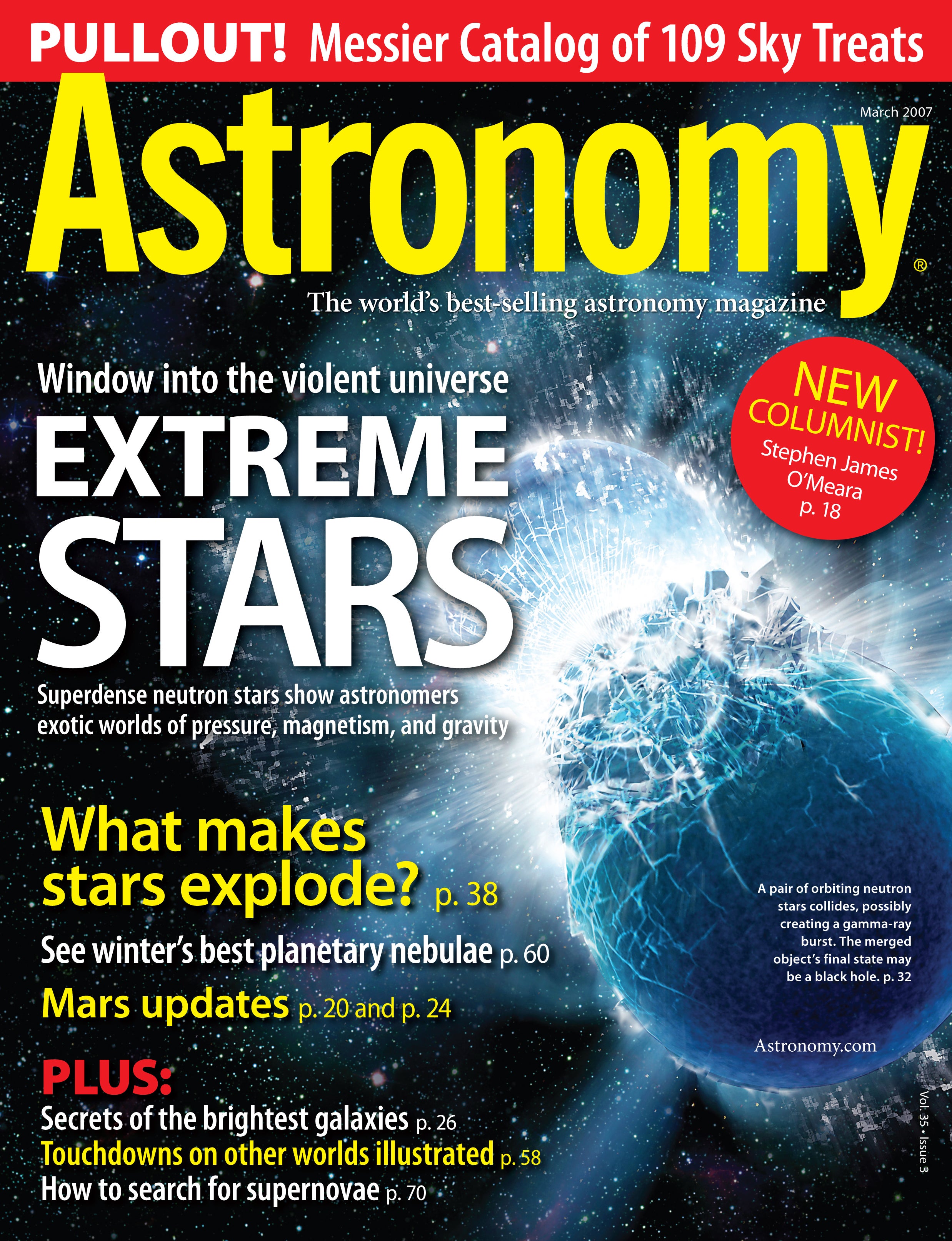
Astronomy‘s mission
Astronomy promotes the science and hobby of astronomy through high-quality publications that engage, inform, entertain, and inspire.
Astronomy news
This week’s sky events
Astronomy basics
Glossary of astronomical terms
Return to Astronomy “For the media” page WAUKESHA, WI – Astronomy readers get a special gift when they pick up the March 2007 issue. A special eight-page pullout Messier catalog guides readers to 109 spectacular deep-sky treats. The booklet includes images of each object, an all-sky map, observing tips, and facts that will prove useful to the advanced and novice observer alike, especially this month. Why March? No other month offers the chance to see all the Messier objects.
Charles Messier (1730-1817) was a French comethunter who discovered and cataloged 109 bright deep-sky objects that are not comets.
The March issue, on newsstands Tuesday, January 30, also features a new monthly column by celebrated observer Stephen James O’Meara, stories on extreme neutron stars, exploding supernovae, and a super-illustration that plots all 39 spacecraft that have conducted science from six different worlds.
Extreme stars
Isolated neutron stars don’t easily reveal their secrets. But when a neutron star orbits and interacts with another star, the stage is set for explosive fireworks. Tod E. Strohmayer’s “Raising the curtain on extreme stars” details the origins of super-dense neutron stars, one of the universe’s most exotic objects, and their strange worlds of pressure, magnetism, and gravity.
Tod E. Strohmayer is an astrophysicist specializing in X-ray timing studies at NASA’s Goddard Space Flight Center in Greenbelt, Maryland.
Supernova symphony
No event in nature surpasses a supernova’s raw power. Supernovae create neutron stars and black holes, and, even after years of research, astrophysicists still don’t know how a star becomes a supernova. Astronomy Associate Editor Francis Reddy delves into the mystery of core-collapse supernovae in “What makes stars explode?”
Cosmic genius
Mario Livio studies dark energy and extrasolar planets, although his current fascination is symmetry in the universe. An astronomer at the Space Telescope Science Institute, Livio was trained as a theoretical physicist. “The Livio Code,” by physicist Adam Frank, shares the extraordinary life and ideas of this brilliant scientist.
Adam Frank, a member of Astronomy‘s editorial advisory board, is a physicist at the University of Rochester in New York.
Also in this issue:

